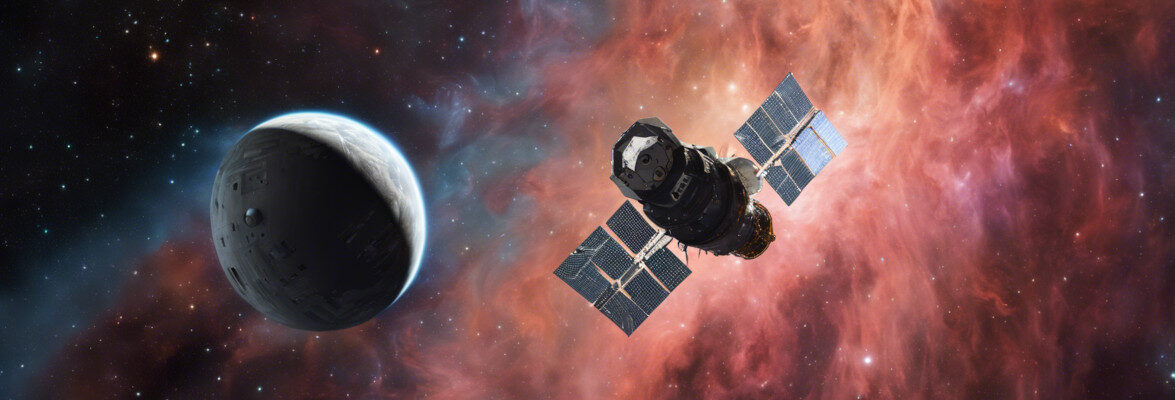
An article published in the journal “Nature Astronomy” reports a solution to the mystery of the change in color of some belts of the planet Jupiter’s atmosphere. A team of researchers used data collected by NASA’s Juno space probe to link those changes to the planet’s magnetic field. Scientists already knew the connection with variations in the infrared band, which means the propagation of electromagnetic field energy, about 50 kilometers below Jupiter’s surface. This new study brings evidence that the variations may in turn be caused by waves produced by the planetary magnetic field at depth.
The Juno space probe, which entered Jupiter’s orbit on July 4, 2016, is collecting enormous amounts of data on the largest planet in the solar system. Its primary mission ended in 2018 but Juno was built to withstand the powerful Jupiter radiation, so it was possible to start its extended mission. Among other things, this made it possible to significantly extend the period of monitoring changes in the planetary magnetic field.
Changes in the atmosphere of the planet Jupiter that affect the entire weather pattern every four to five years have long been known. This includes the colors of the belts that characterize the gas giant’s atmosphere. The top image (Arrate Antuñano/NASA/IRTF/NSFCam/SpeX) shows the infrared variations seen by a ground-based telescope in Jupiter’s North Equatorial Belt between May 2001 and December 2011.
Professor Chris Jones of the School of Mathematics at the British University of Leeds, one of the authors of this new study, explained that the wave-like motions in a planetary magnetic field are called torsional oscillations. When he and his colleagues calculated the periods of these torsional oscillations, they found that they matched the periods seen in Jupiter’s infrared radiation.
By observing the magnetic field over a period of several years, the Juno space probe was able to track its waves and oscillations and was even able to follow a specific point in Jupiter’s magnetic field called the Great Blue Spot. The bottom image (NASA/ JPL-Caltech/SwRI/John E. Connerney) shows a map of Jupiter’s magnetic field with the Great Blue Spot in the center.
The Great Blue Spot is an area where the magnetic field has strong variations that is moving eastward but the most recent data shows that its movement is slowing down. The Juno mission team believes this is the beginning of an oscillation, with motion slowing down before reversing and beginning to move westward.
This explanation for the long-standing mystery of the color-changing belts in Jupiter’s atmosphere represents a missing link between the planet’s two largest study areas. There are scientists who study Jupiter’s weather and what happens on its surface and others who study what goes on inside it. In this case, the superficial belts appear to be connected to the magnetic field in its depth.
This study brings evidence of the connection between waves produced by Jupiter’s magnetic field and changes in the colors of the atmospheric belts but doesn’t explain everything. In particular, uncertainties remain about how torsional oscillations produce the observed infrared variations, which likely reflect complex cloud dynamics and reactions. It’s precisely this complexity that so far prevented from finding the various connections between the processes taking place on the gas giant. It took an orbiting space probe monitoring its magnetic field to really begin to understand what appeared to be literally a superficial phenomenon.


